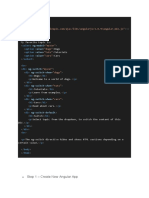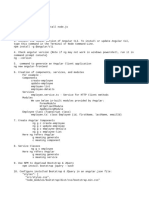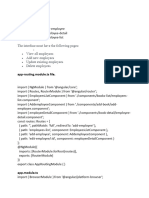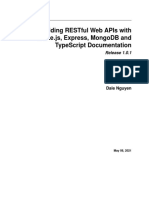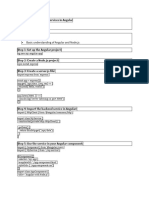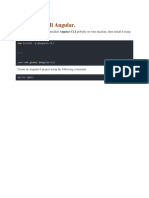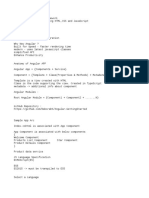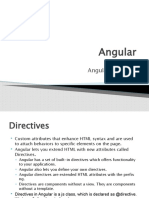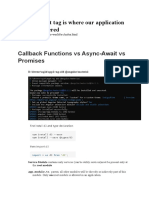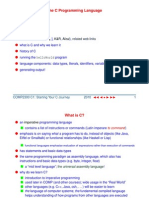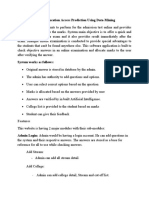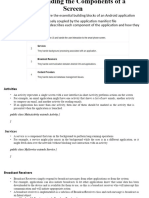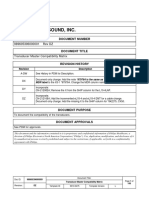0% found this document useful (0 votes)
35 views16 pagesFull Stack App Using MEAN Stack
This document provides a detailed guide on creating a full-stack application using Angular 19, Express, Node.js, and MongoDB with pnpm as the package manager. It covers setting up a monorepo structure, configuring the backend with Express and MongoDB, and developing the Angular frontend, including creating components and services for data handling. The guide also includes steps for adding a form to create new items and updating routing for navigation.
Uploaded by
Dinesh AnbarasanCopyright
© © All Rights Reserved
We take content rights seriously. If you suspect this is your content, claim it here.
Available Formats
Download as PDF, TXT or read online on Scribd
0% found this document useful (0 votes)
35 views16 pagesFull Stack App Using MEAN Stack
This document provides a detailed guide on creating a full-stack application using Angular 19, Express, Node.js, and MongoDB with pnpm as the package manager. It covers setting up a monorepo structure, configuring the backend with Express and MongoDB, and developing the Angular frontend, including creating components and services for data handling. The guide also includes steps for adding a form to create new items and updating routing for navigation.
Uploaded by
Dinesh AnbarasanCopyright
© © All Rights Reserved
We take content rights seriously. If you suspect this is your content, claim it here.
Available Formats
Download as PDF, TXT or read online on Scribd
/ 16
